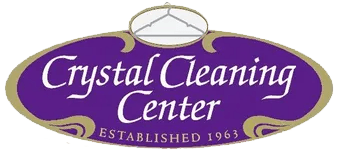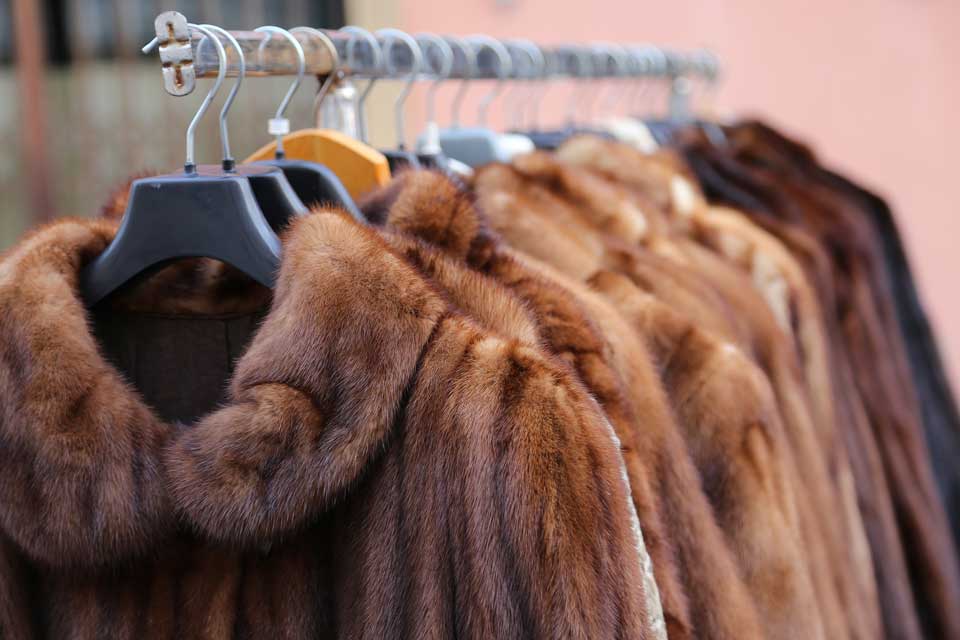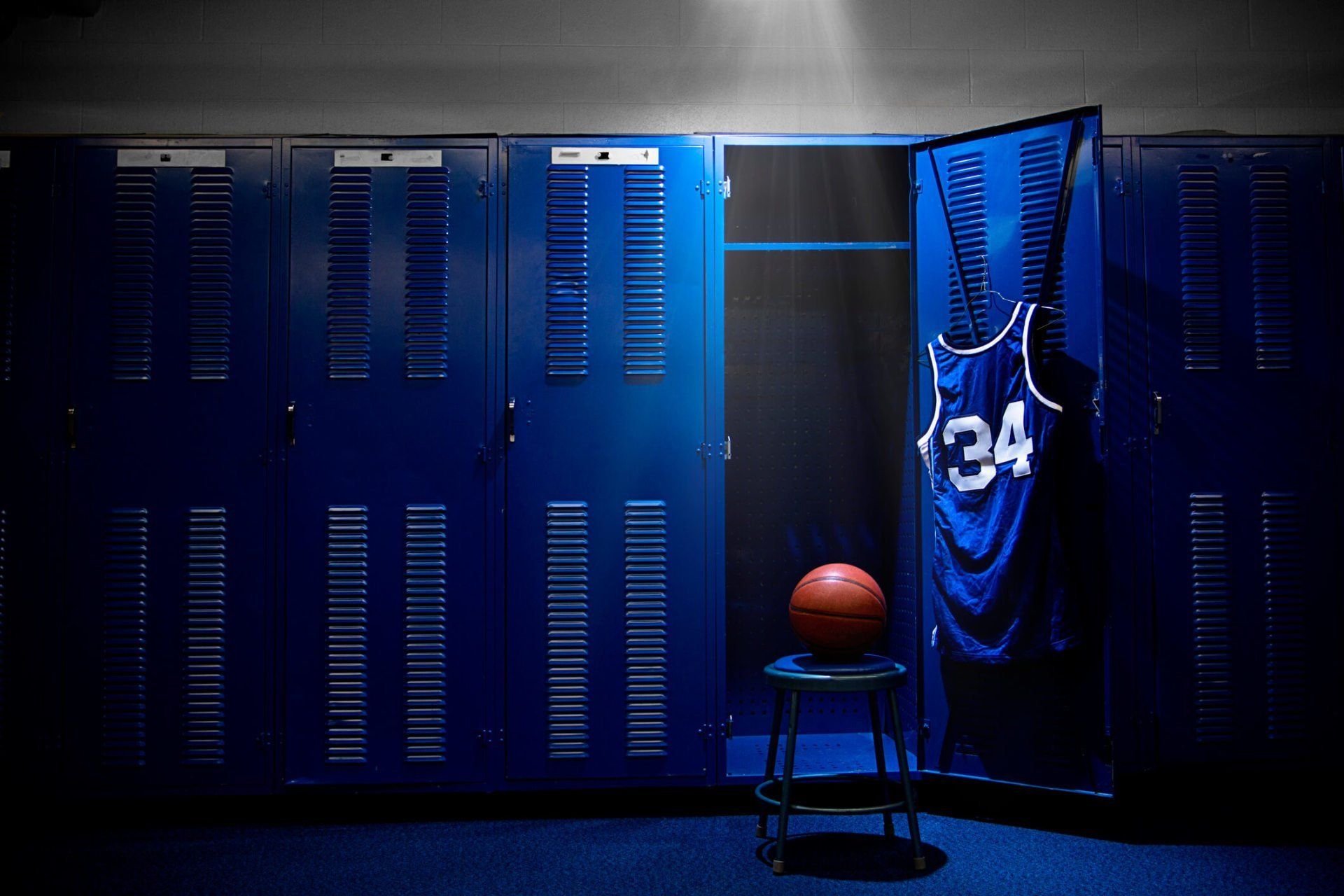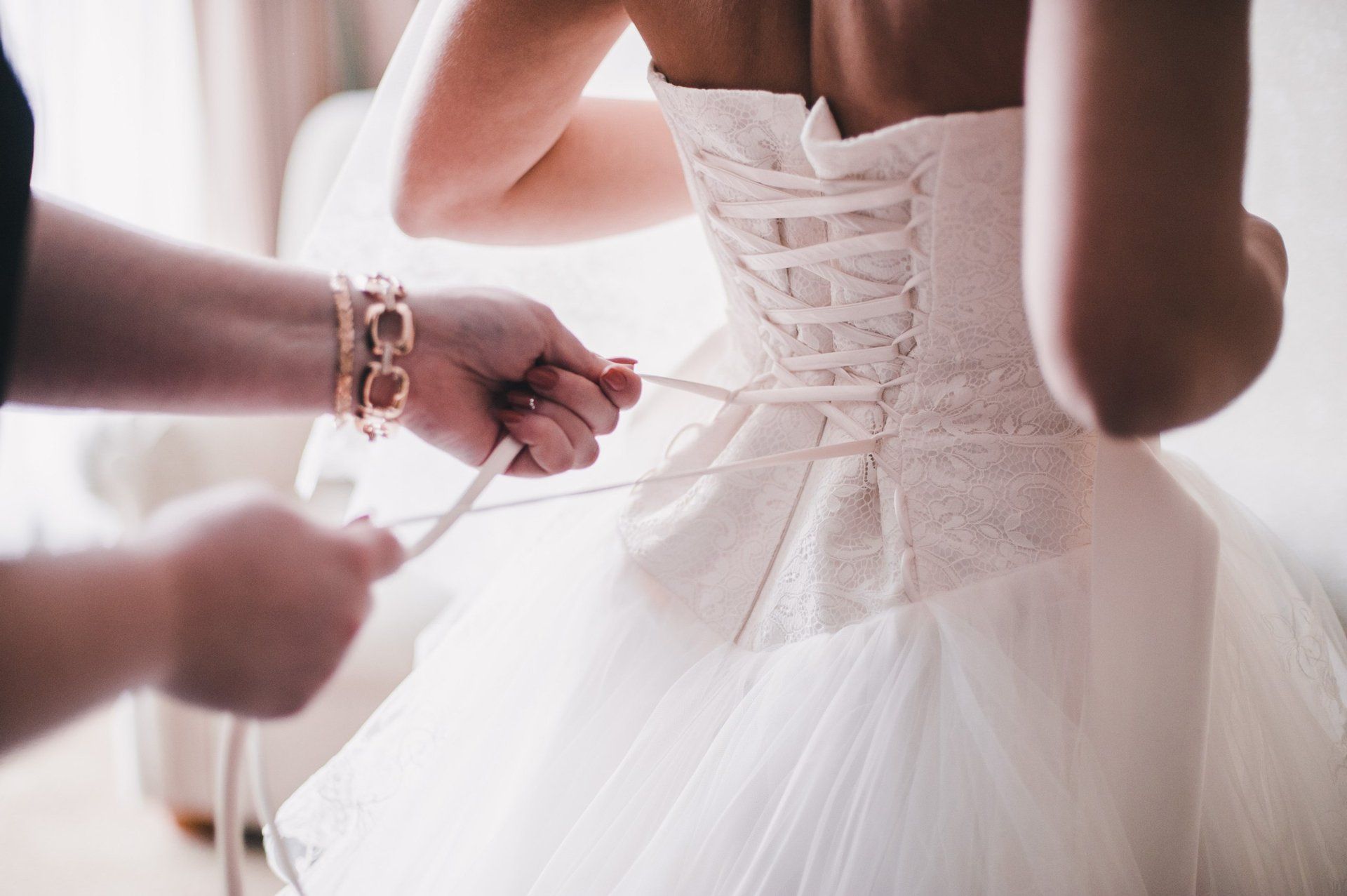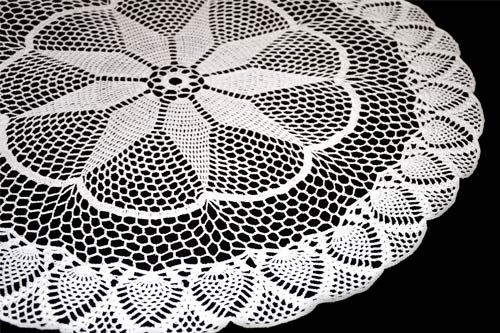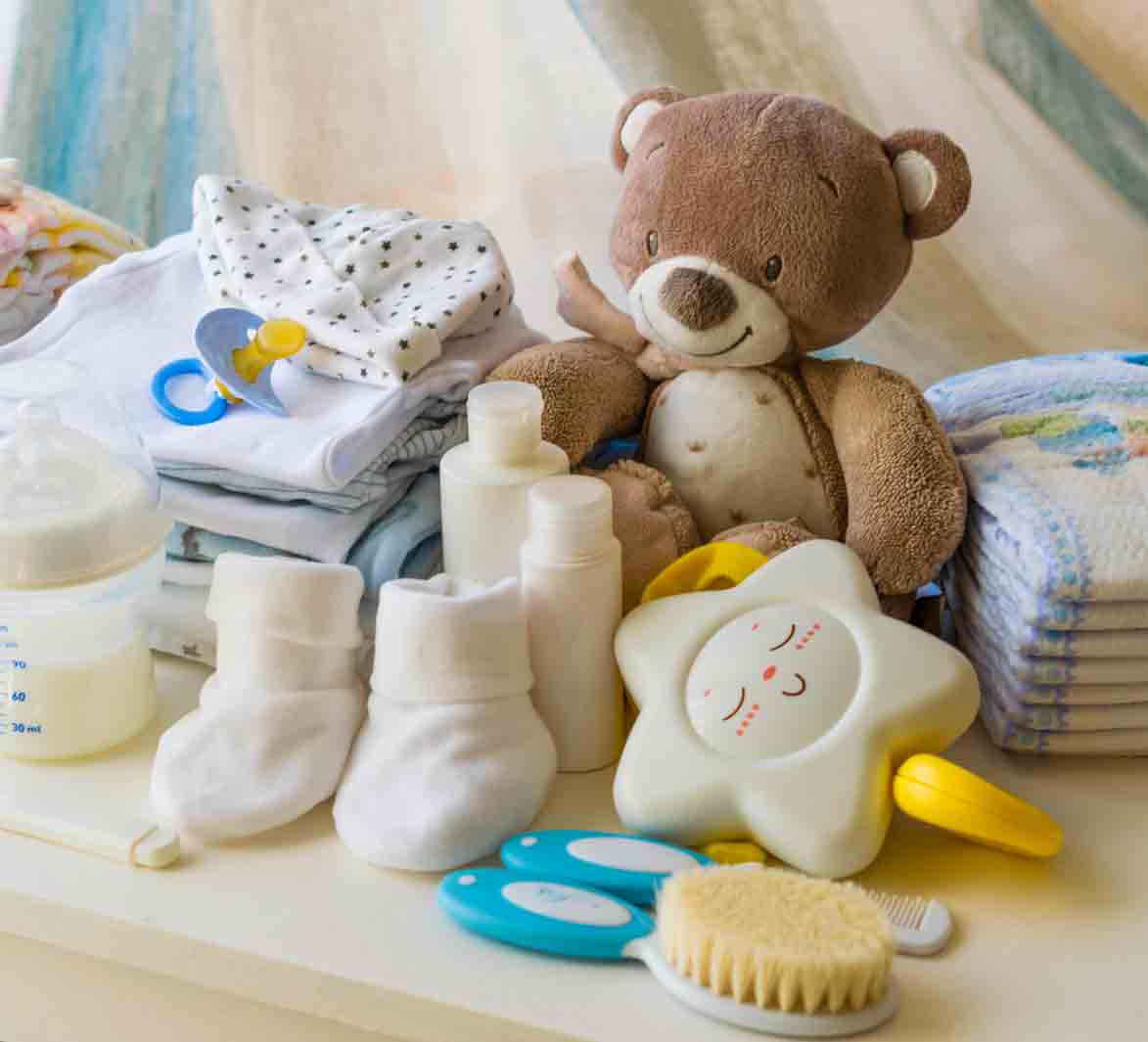How to Preserve and Display a Vintage Military Uniform
The preservation of military uniforms allows families to display the heroism of their ancestors. Other individuals collect uniforms because of their interests in a specific era or war. Regardless of the reason for the display, proper preservation and care prevent unnecessary damage, so the uniform can stay on view for many generations.
Preserve the Fabric
The type of material used will depend on the era of the uniform. Wool has consistently been in use in military clothing for centuries because of its availability and durability. Other materials used could include linen, cotton, and khaki. Khaki is sometimes made from wool, cotton, synthetic fibers, or combinations of these materials.
Identifying the material is the first step to proper care, but it is not always easy for people who are not textile experts to determine the material on their own. Uniforms, especially those that have been around for 50 -100 years will not always include material and care labels. Talk to an expert about the uniform before attempting to clean anything at home.
Even an obviously cotton item could become damaged if not washed appropriately. Older uniforms will also have older threads that may come apart in a modern washer. Bleach or strong detergents may be too much for fabric made more delicate through years of use, laundering, and handling.
A clothing preservation expert can identify the type of material, assess the condition of the piece, and decide on the best method of care. Some items, particularly wool, will need dry-cleaning. Others may only need handwashing in a gentle detergent at home. Follow their recommendations for the best outcome.
Protect the Medals
Many uniforms also include various medals, stars, bars, and ribbons. Remove all of these from the clothing to clean them. The cleaning process cannot take place with the medals attached. If the ribbons are easily removed from metal pieces, do so before cleaning.
To ensure the use of the right polish, research the medal to learn what metal was used to create it. Copper, bronze, and silver were all commonly used. Use silver polish when unable to determine the metal because silver is the softest and its polish will not harm other metals.
Clean each medal, ribbon, and other items by hand with a soft dampened cloth and dry thoroughly before polishing. Be careful with the polish if the ribbons were not removable because the polish can stain fabric. Use a cotton swab to clean any small depressions and crevices in the medal. Reattach the ribbons after completing the cleaning process.
Display with Care
Shadow boxes are a common way to display medals and uniforms. The enclosed frames protect against dust and they keep people from handling the items. Uniforms can still become damaged in a shadow box if they are not used properly. Always display shadowboxes away from direct sunlight and in rooms where there are not any temperature extremes.
Acid-free backings provide safety during preservation. Experts often stitch the uniforms to the backing instead of using pins or tape that could degrade and stain or otherwise damage the material. It is worth the expense to hire a trained preservationist to prepare a shadowbox. If this is too expensive, choose a kit from a reputable provider.
Display medals in a case separate from a uniform. The sulfur in wool clothing can damage the metal. Some people prefer to display medals in a format that looks the most visually appealing to them. Those that desire a more official display can look up a military precedence chart or a display chart for guidance.
Any display of a military uniform, either vintage or modern, must begin with cleaning and any repairs. At Crystal Cleaning Center, we have over 50 years of experience caring for heirloom items and other vintage treasures. Contact us to learn more about our services or to schedule an appointment to bring in your uniform.
